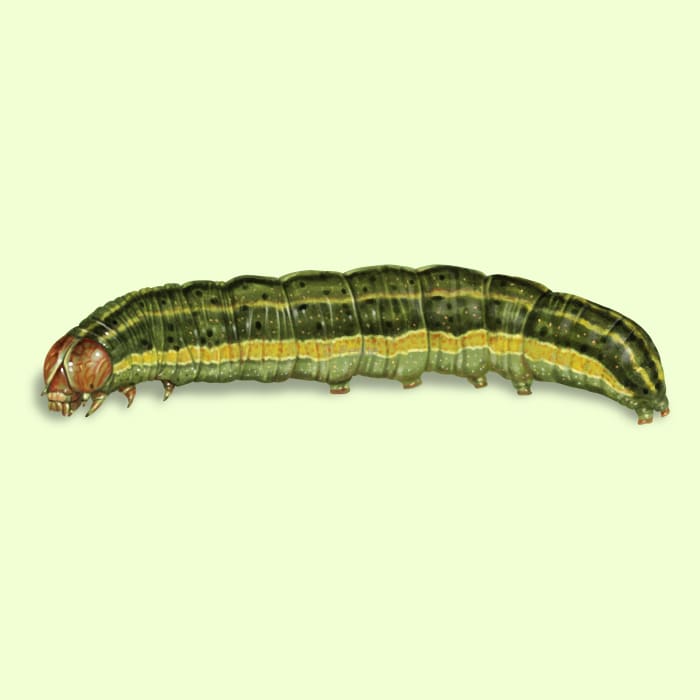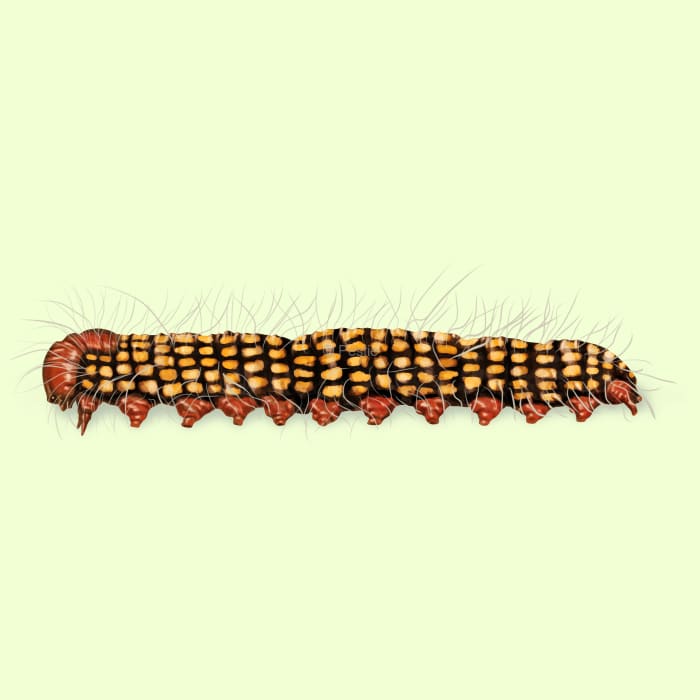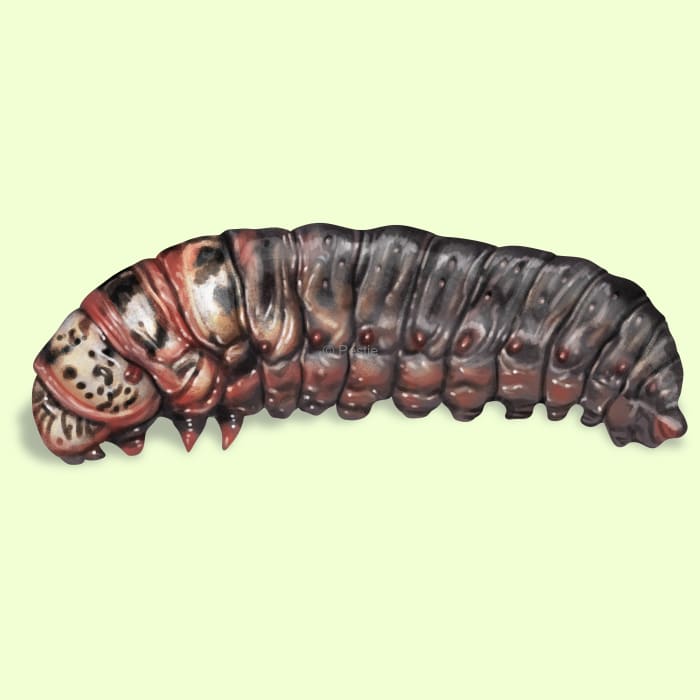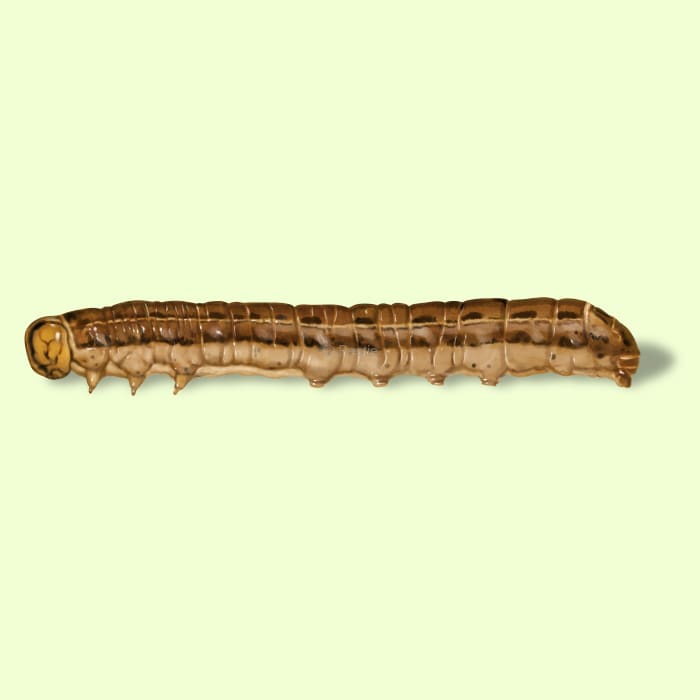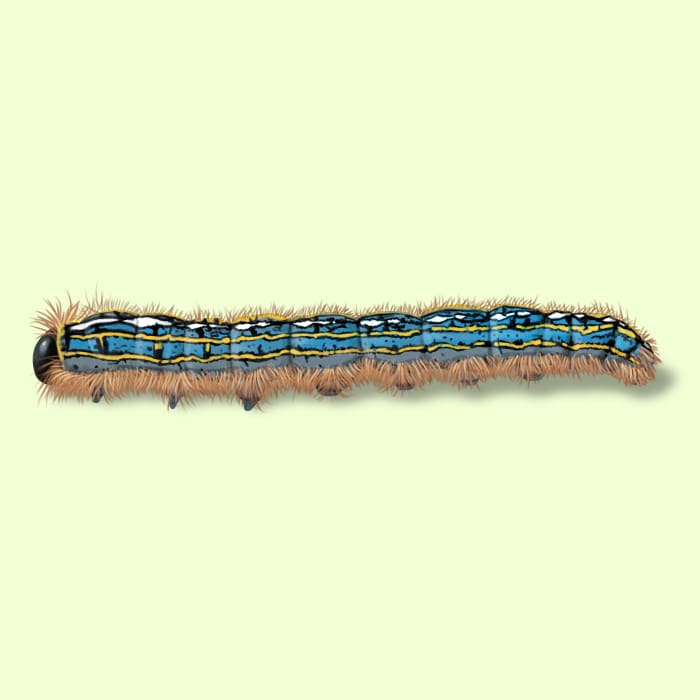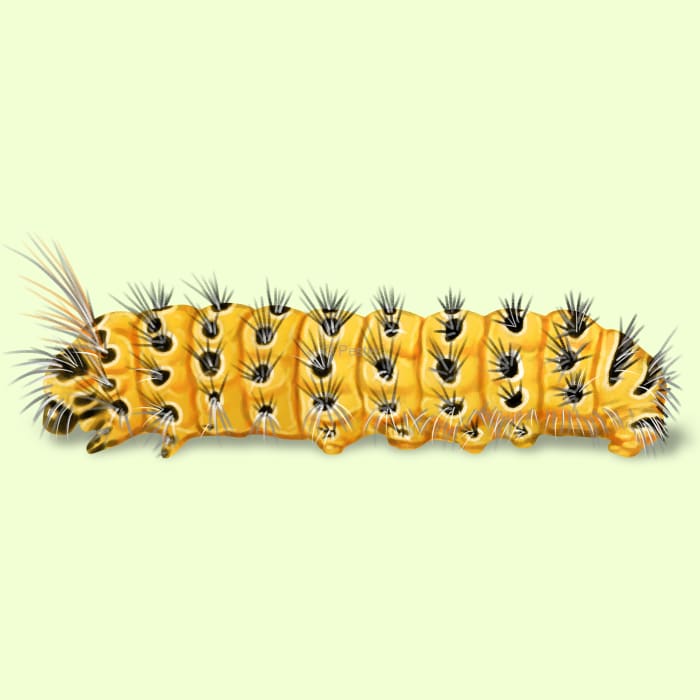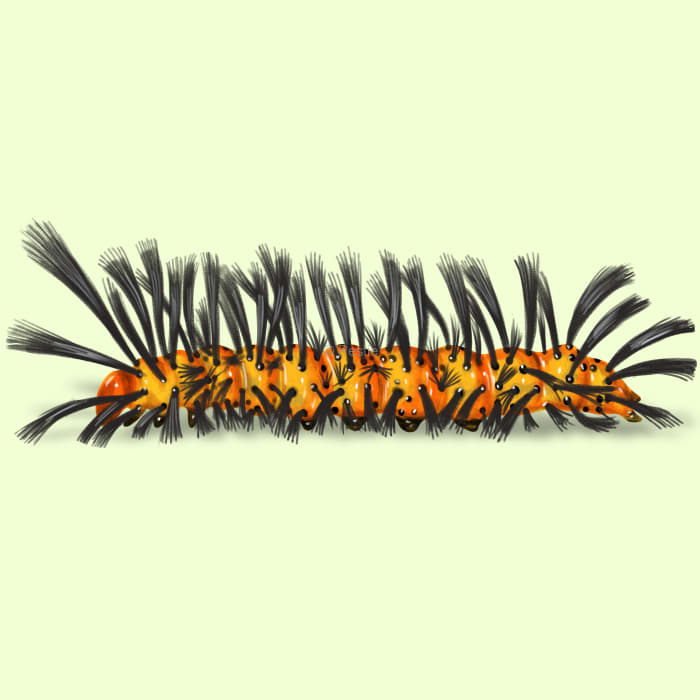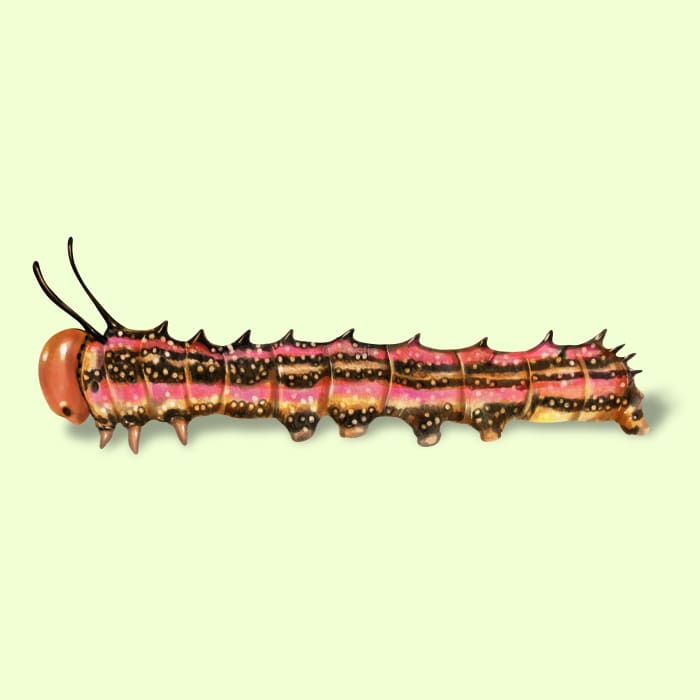How to identify and get rid of caterpillars
Preventing these slow-moving pests before they eat your plants
Caterpillars may look soft and fluffy, but they can ruin a whole row of cabbage in no time! Why? Because caterpillars are always looking for their next meal and will keep munching and munching until there's nothing left!
Maybe we're exaggerating a little bit, but some caterpillars can be very destructive. In fact, the caterpillars of certain species are infamous for their voracious appetites and can cause significant agricultural damage. For example, the larvae of the cabbage white butterfly are known for their ability to decimate cruciferous crops, leaving behind little more than skeletal leaves. Similarly, the gypsy moth caterpillar can strip trees bare, leading to deforestation issues and a loss of biodiversity. And let's not forget the common clothes moth, whose larvae can chew through wool, silk, and other natural fibers, wreaking havoc on our wardrobes.
So, while it might seem counterintuitive to target the offspring of such beautiful creatures, it's essential for maintaining the health of our ecosystems and bank accounts. Washing produce, washing and drying newly purchased bedding and clothing, storing food in air-tight hard plastic containers, and laying down a bug barrier, like what is offered with Pestie's Smart Pest Plan, can help prevent caterpillars from moving in. By adopting a balanced approach, we can protect our yards, gardens, closets, and pantries and continue to enjoy the fluttering beauty of these insects without allowing their less desirable relatives to cause undue harm.
How to identify caterpillars
Caterpillars are the larval stage of butterflies and moths, and can be identified by their body morphology, color, and other features:
Body segments
Caterpillars possess three primary body segments: a head with chewing mouthparts, a thorax divided into three segments each bearing pairs of true legs, and an abdomen consisting of 10 segments. They also feature additional appendages known as prolegs, which are short and aid in movement and gripping surfaces.
Color
They exhibit a range of colors throughout their development, starting from small and black upon hatching and maturing into plump, green forms as they grow older. Some older caterpillars display distinctive features such as a dark "saddle" with white edges and a pink patch near their head, resembling false eyes that mimic a face. Others may have colorful, spiny tubercles for defense or be adorned with iridescent green hues and hairs.
Hair
Different species of caterpillars will have very different hair. Some have dense fur like a woolly bear while others have sparse tufts of hair scattered here and there.
Other features
Caterpillars may exhibit additional features like dorsal horns or split tails. For instance, eastern tent caterpillars are yellowish-brown, hairy, and adorned with a row of blue spots along their backs.
Fun fact
Caterpillars don't breathe through their mouths; instead, they use tiny holes on their bodies called spiracles for breathing. Their mouths are exclusively used for chewing food. All caterpillars possess three sets of true legs, which will later become the legs of the butterfly or moth they transform into.
How to get rid of caterpillars
If you have caterpillars eating up your yard, trees, landscape plants or garden, immediate action is a must! They have ferocious appetites and will make their mark in a matter of a few days.
Here are a few ways you can eliminate caterpillar pests:
- Hand-picking – Caterpillars aren't very fast, so you should be able to pick them off your plants by hand and drown them in soapy water.
- Natural predators– Sometimes nature works with you instead of against you. Encourage habitat for ladybugs, wasps, and birds, and they can do all the caterpillar killing for you.
- Bug Barrier - Spray and maintain a bug barrier with a great quality product like Pestie. This will eliminate these pest from your yard and prevent other from coming into your yard.
Like with all pests, consistency is key when trying to get rid of caterpillars.
Treat caterpillars with Pestie
If you're still having trouble keeping caterpillars away, the best option is to use a pro-grade, effective pest control solution like Pestie.
Pestie is a do-it-yourself pest control solution that's specially designed to keep caterpillars and other pests away from your home.
With Pestie, you can rest easy knowing that your living space is protected and free of creepy crawlies. And the best part? It's designed for people, pets, and the planet, so you can say goodbye to harsh chemicals and hello to peace of mind!
- Save hundreds compared to traditional annual pest plans
- People, pet, and planet-friendly
- Pro-grade customized formulas







